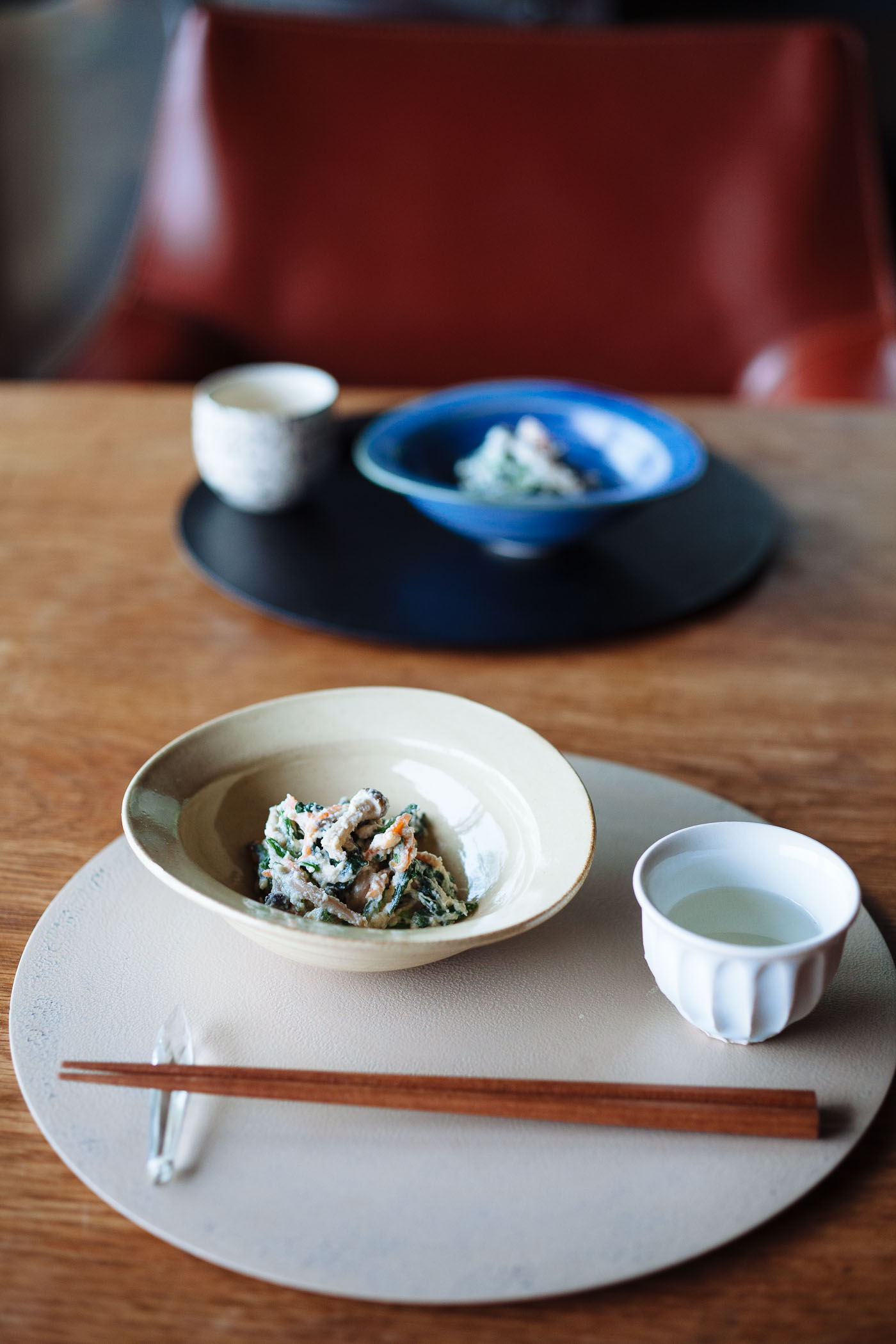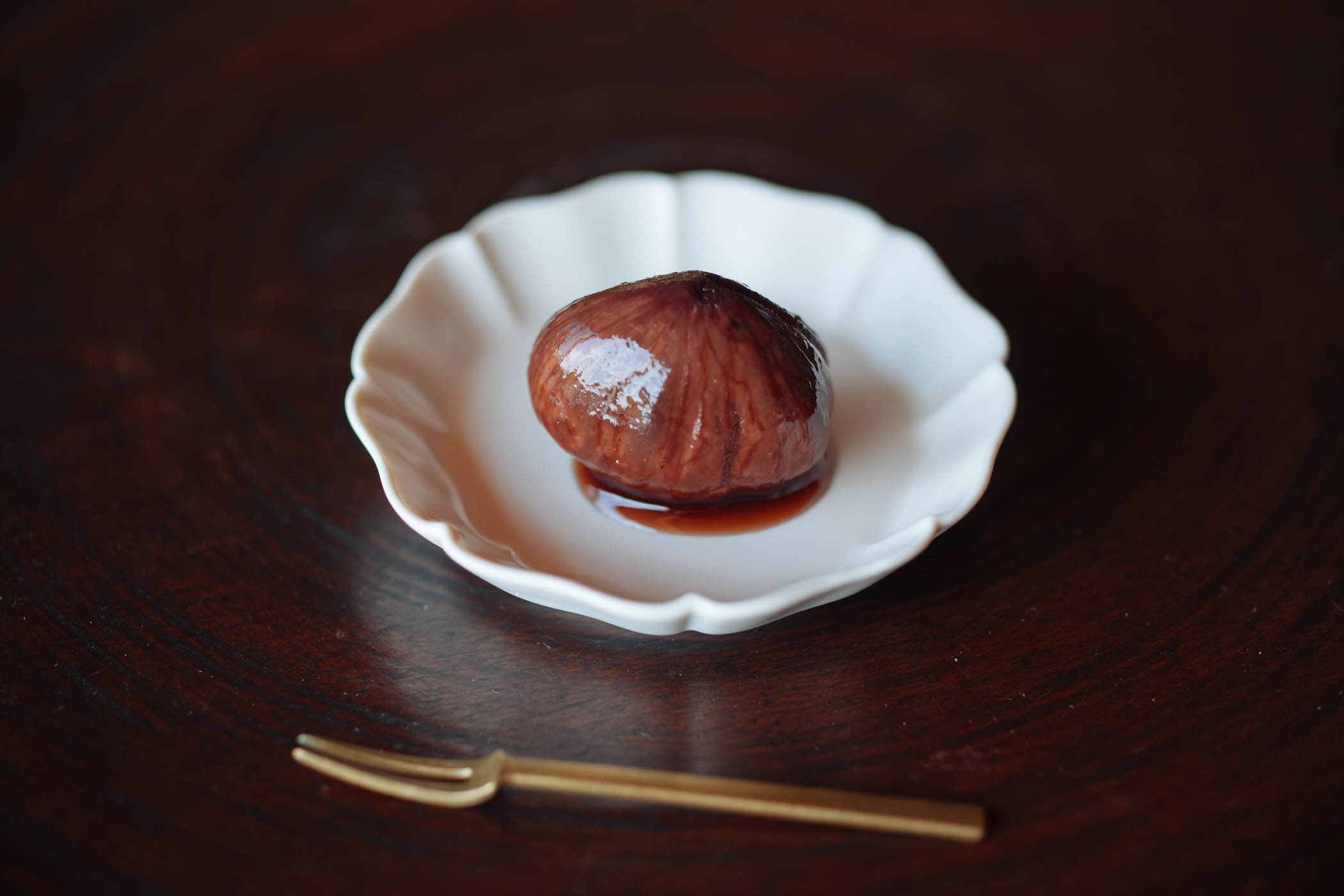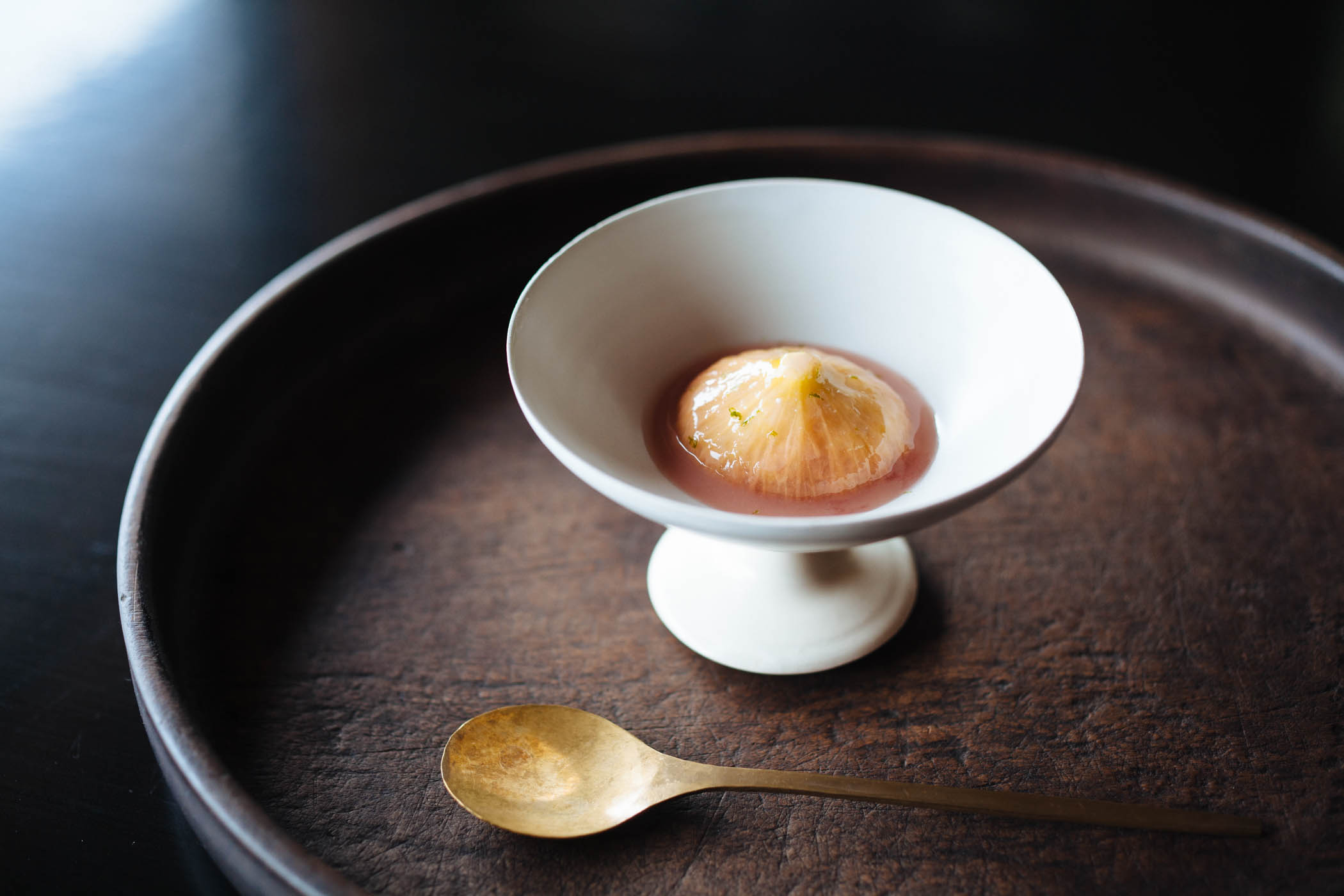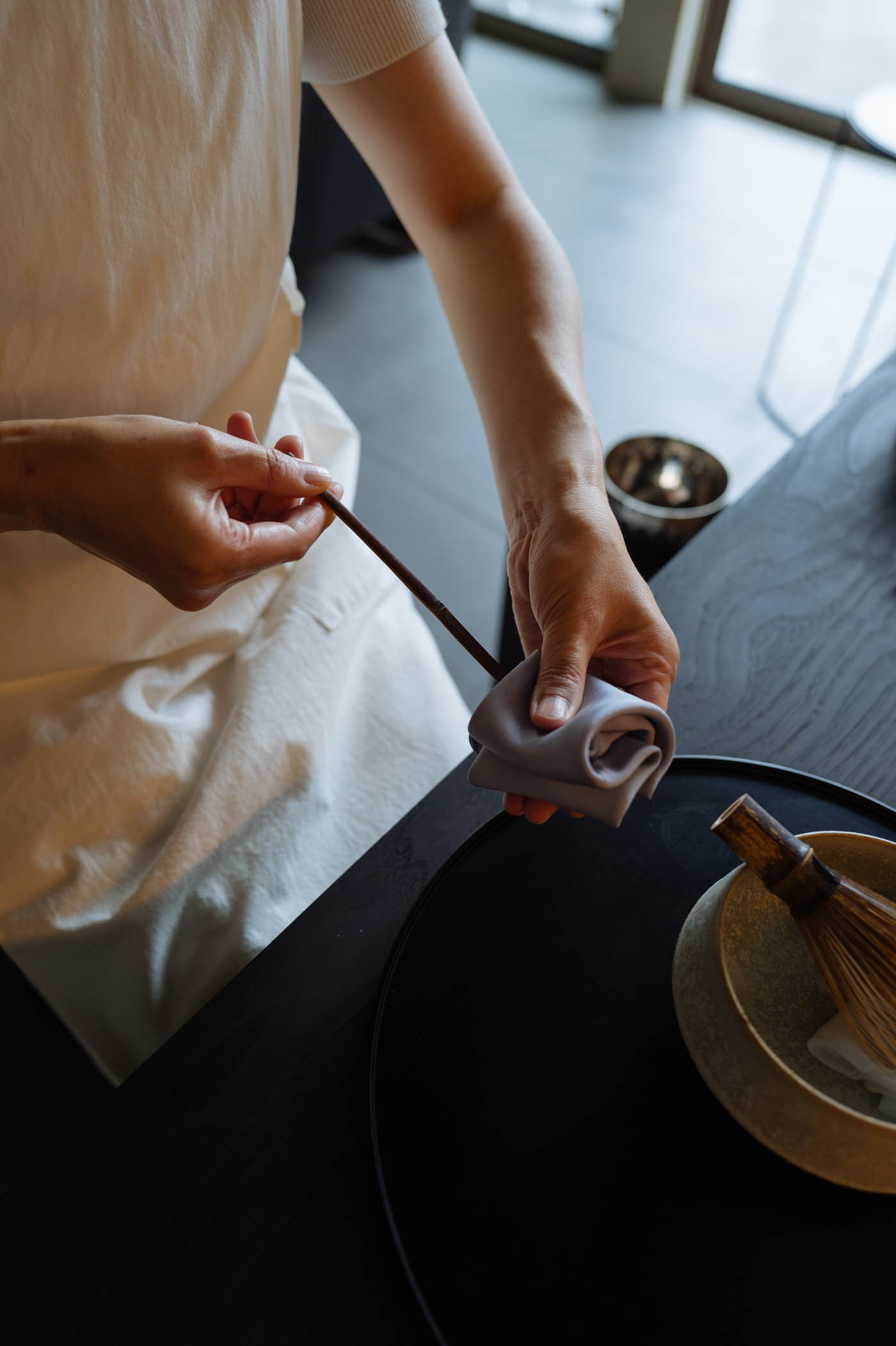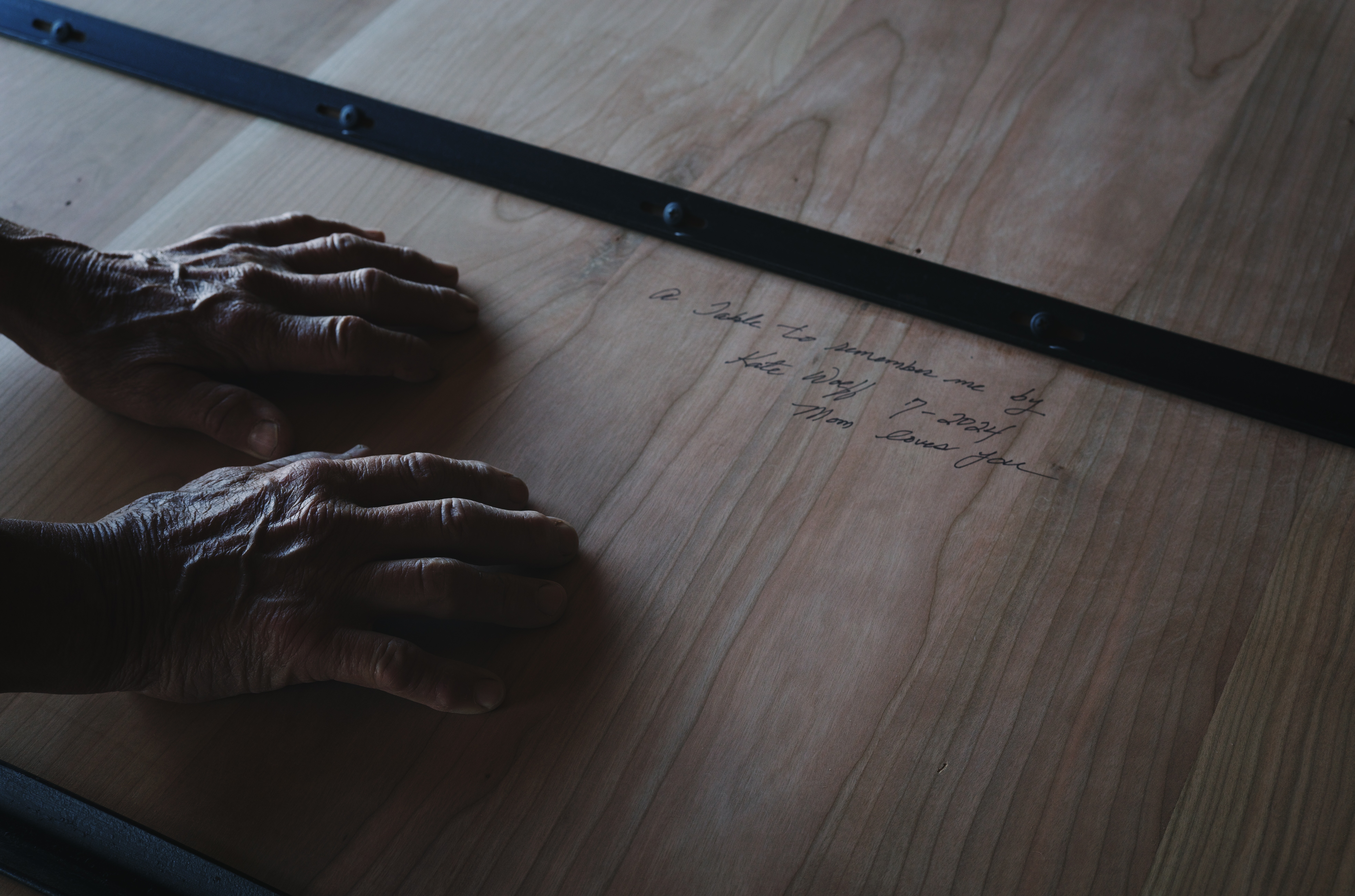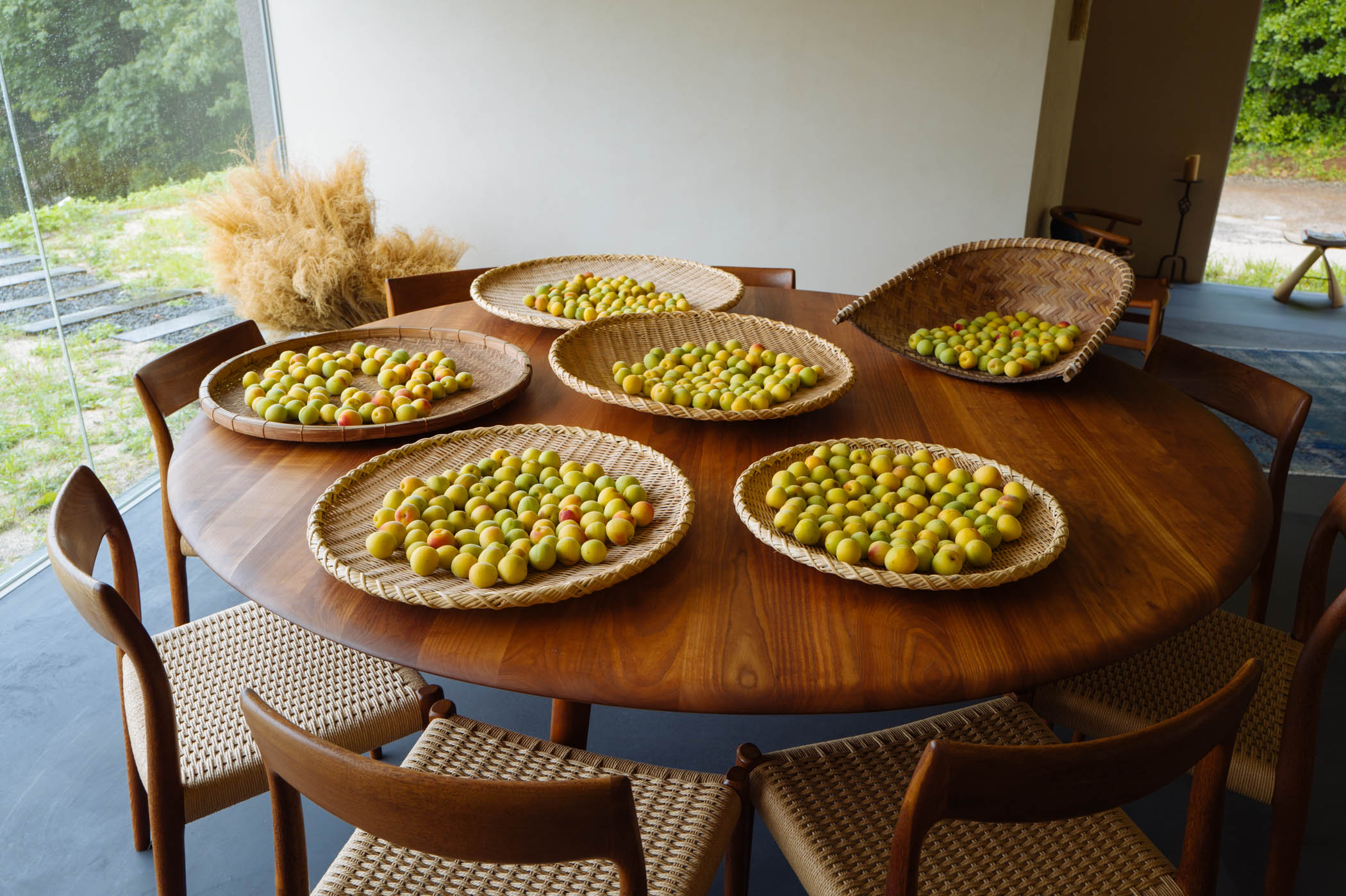Shriaae, A Thick, Light Tofu Dressing for Autumn
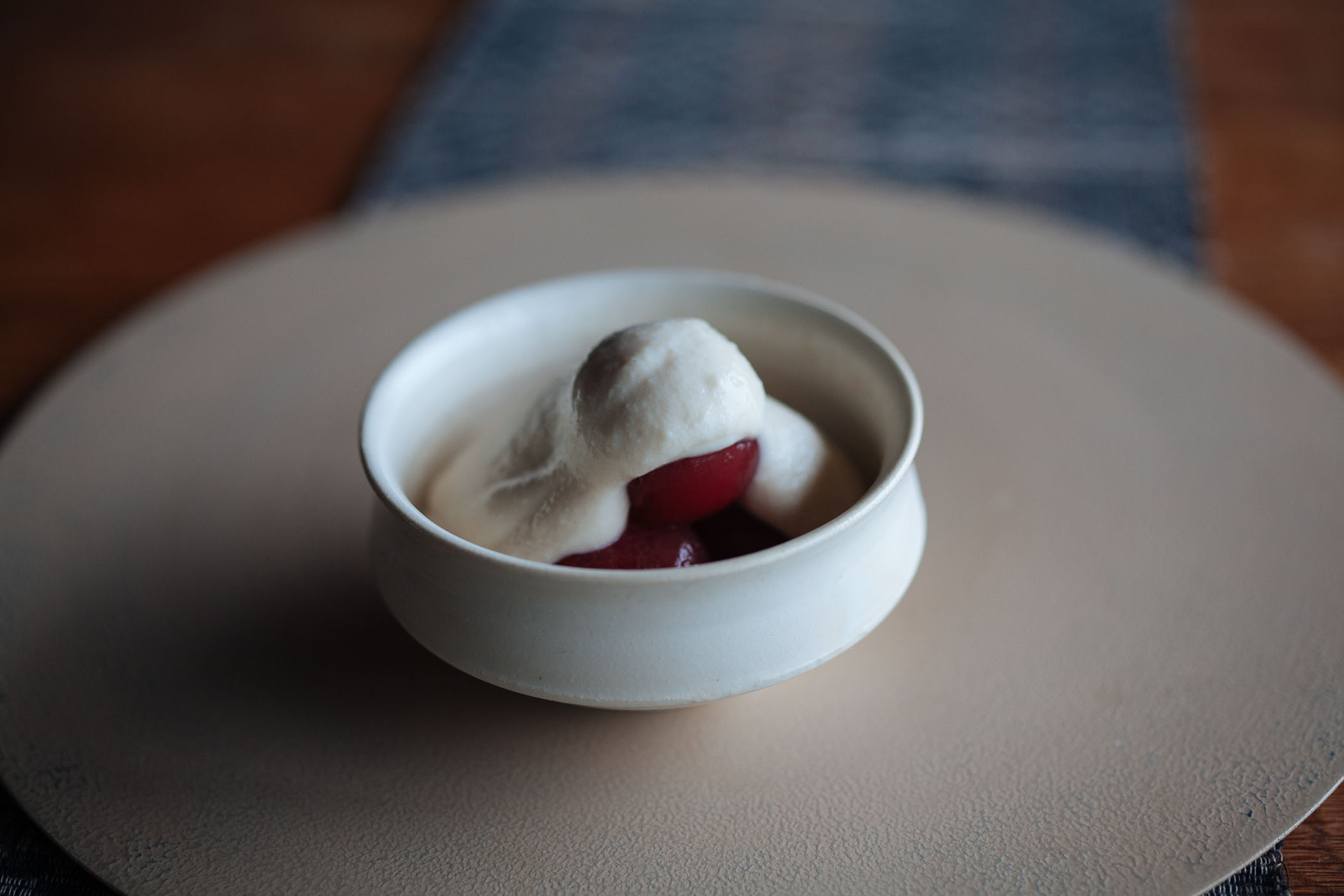
Here in Karatsu the soundtrack to October is haunting, a simultaneously joyful and melancholy refrain practiced in pockets of darkness where boys gather to prepare for our grand festival. There is no written musical notation for these melodic refrains passed by ear from generation to generation over the last two hundred years. With flutes in hand, they learn without the aid of scores. It’s not unlike cooking, I think, where a cannon of ideas and practices are passed from generation to generation through a cycle of repetition and feedback. In this way tradition is carried forth with devotion to an original form but inevitably altered little by little through innovation or error.
In October great bursts of heat still dazzle at midday but come evening fall tumbles out to explore the hollows left by wilting ferns and flowers. The air cools and we close the windows to keep it at bay. Autumn will slowly expand, will force its way between the branches of trees, will wilt the leaves until they hang curled and dangling. Insects burrow to wait out winter and the days are noticeably quieter. Only the gentle purr of crickets beating their soft wings in the evening remains. As we emerge from the haze of summer I snuggle into sweaters and settle into crisper days full of sentiment and clarity.
October ingredients lend themselves well to shiraae, a dressing made of tofu mixed with sesame paste and white miso. It’s one of the first traditional dishes I learned to make. For many years I stuck religiously to the method I had learned form Kuniko. Why did I hold so steadfastly to her particular dishes? Looking back I think it might be this: Japanese cuisine was so foreign to me in both flavor and concept. The new ingredients, new tastes, new arrangements, new philosophies, were so far from intuitive and I lacked certainty. But I was confident that Kuniko was an unusually fine cook and that if I could train myself to her tastes first I would develop a palate that I could trust.
I can count on one hand the number of home cooked meals I’ve been invited to in Japan. It’s a strange phenomenon, to me at least, how few people invite you into their homes here. Despite her cramped quarters in Asakusa, Sachiko Tejima always invites us over when we are in Tokyo. Her meals are delicious and above all thoughtful. She always imagines how her guests are feeling, what their condition is and what they are likely craving. She knows that when we are in Tokyo we are running around the clock, working all day, out much of the night, eating either fast or rich foods, drinking too much and not sleeping enough. She lovingly cooks us meals full of fresh flavors and healthy vegetables that are nourishing on so many levels. I once asked her how she came to be so inviting and thoughtful in her cooking. The great cooks in her life, she said, never cooked for themselves.
Sachiko was the first person I met, outside of Kuniko, who made food that really spoke to me and she came into my life at just the right time. I was confident in my palate and open to new ideas. I remember distinctly the first time I saw her make shiraae. It was so familiar to me in flavor but such a different interpretation and I was struck by the simple elegance of the method. Kuniko’s shiraae is thick and gutsy, a paste that holds heartier vegetables like blanched spinach or sautéed burdock root and shiitake mushroom together. It is made in a suribachi with white miso, dashi, sesame paste, and well-drained tofu. Sachiko makes shiraae with fresh saturated tofu. She whips it into white miso and sesame paste and sweetens it with a bit of maple syrup. It turns out creamy, somewhere between whipped egg whites and custard, a white pillowy cape to scoop over fruity ingredients like blanched cherry tomatoes, ripe fuyu persimmon, or figs, and occasionally topped with citrus zest. I love that now, when I set my mind to make shirae, I have these two distinct variations to draw on, both founded on tradition but so particular to these two great women of different generations living different lives.
